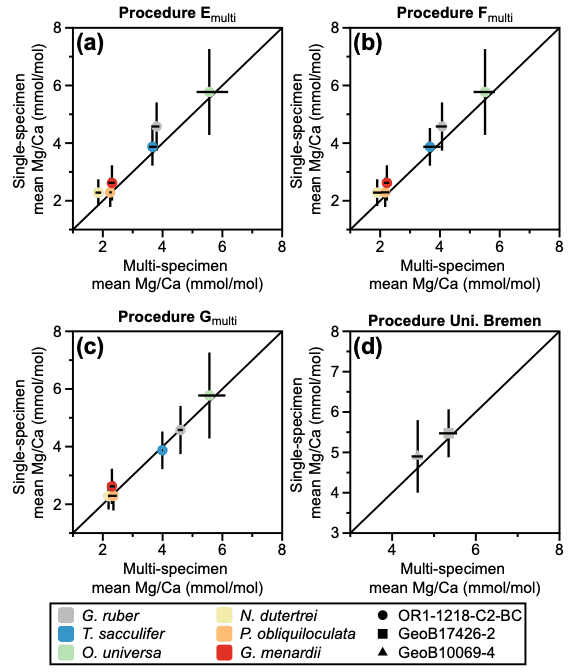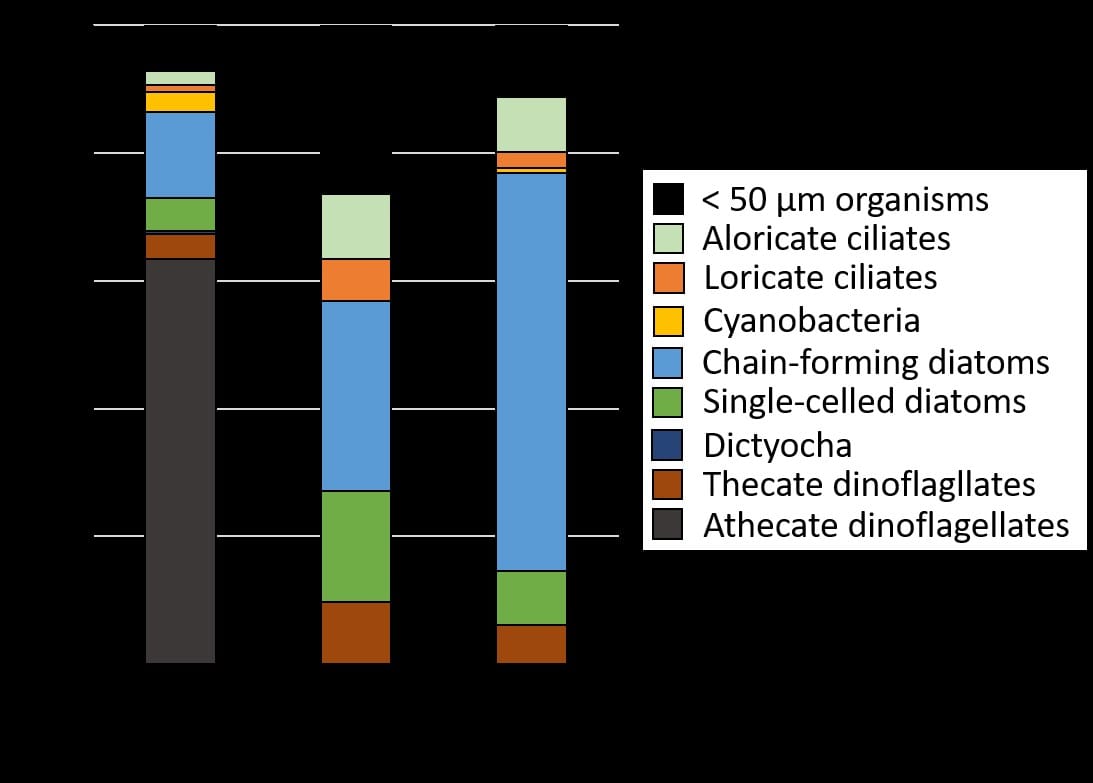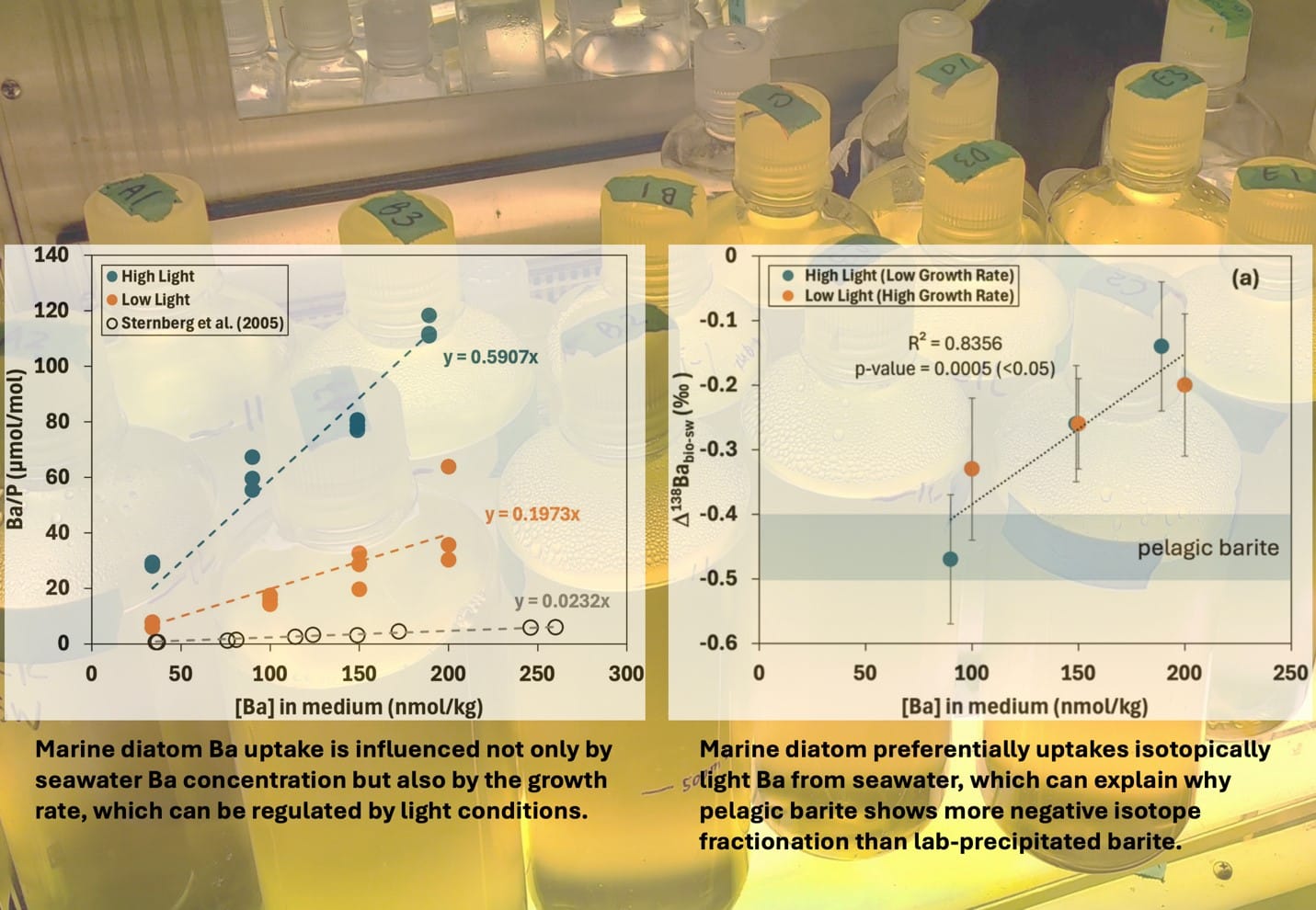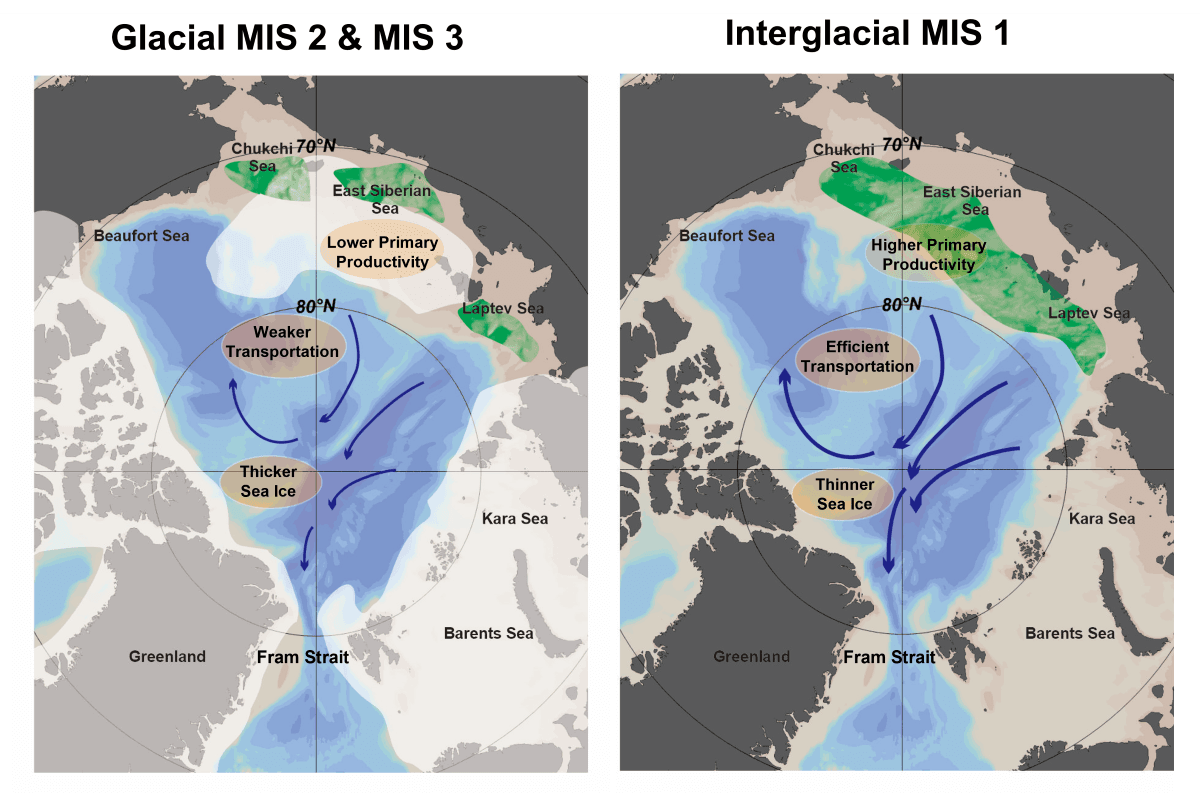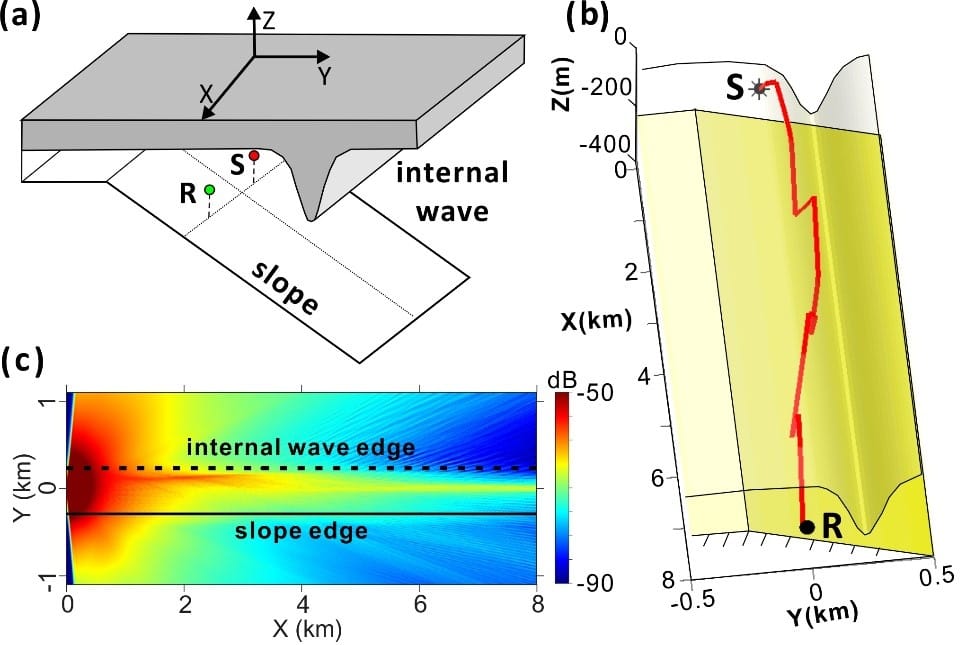F.-J. Deborah Lee, H. Tseng, Y.-J. Chang, C.-M. Tseng*
The Pacific Saury (Cololabis Saira) is a small pelagic fish found throughout the North Pacific, from subtropical to subarctic regions, with significant economic, nutritional, and cultural value. Serving as both predator and prey in the North Pacific ecosystem, the saury’s high consumption makes understanding its mercury (Hg) sources and bioaccumulation crucial for human health and effective management.
Professor Tseng’s team published a study in 2024 in Environmental Pollution that investigated the Hg dynamics of Pacific Saury in the North Pacific, particularly off the coast of Japan, in 2018. The study revealed the bioaccumulation, sources and trophic transfer of Hg in Pacific Saury. It first found that Hg concentration in Pacific Saury increases with fish size. Isotopic mixing models then revealed that Pacific Euphausiids (Krill) are significant contributors to the saury diet (>70% of total). A significant correlation between mercury and nitrogen isotopes further showed Hg trophic magnification, with regional variations. That is, Hg exposure in the western North Pacific ecosystem was higher than in the eastern part, reflecting the impact of anthropogenic Hg releases from East Asia. Migration patterns eventually suggested that coastal waters of eastern Japan and the Kuroshio-Oyashio transition zone may be potential hotspots for Hg bioaccumulation.
These findings, influenced by ocean currents, human activities, and migration patterns, overall provide a comprehensive understanding of regional variations in Hg bioaccumulation in Pacific Saury across the North Pacific and also highlight the need for ongoing monitoring and management to explore Hg sources, mitigate pollution and understand environmental impacts on fish Hg dynamics.
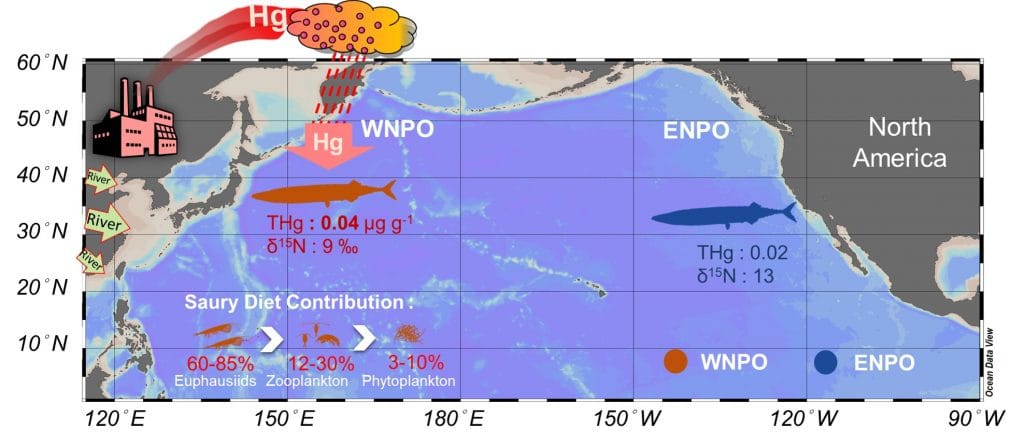
Web link: https://www.sciencedirect.com/science/article/pii/S0269749124011345


